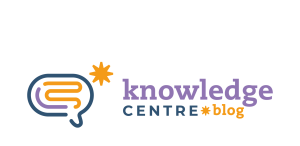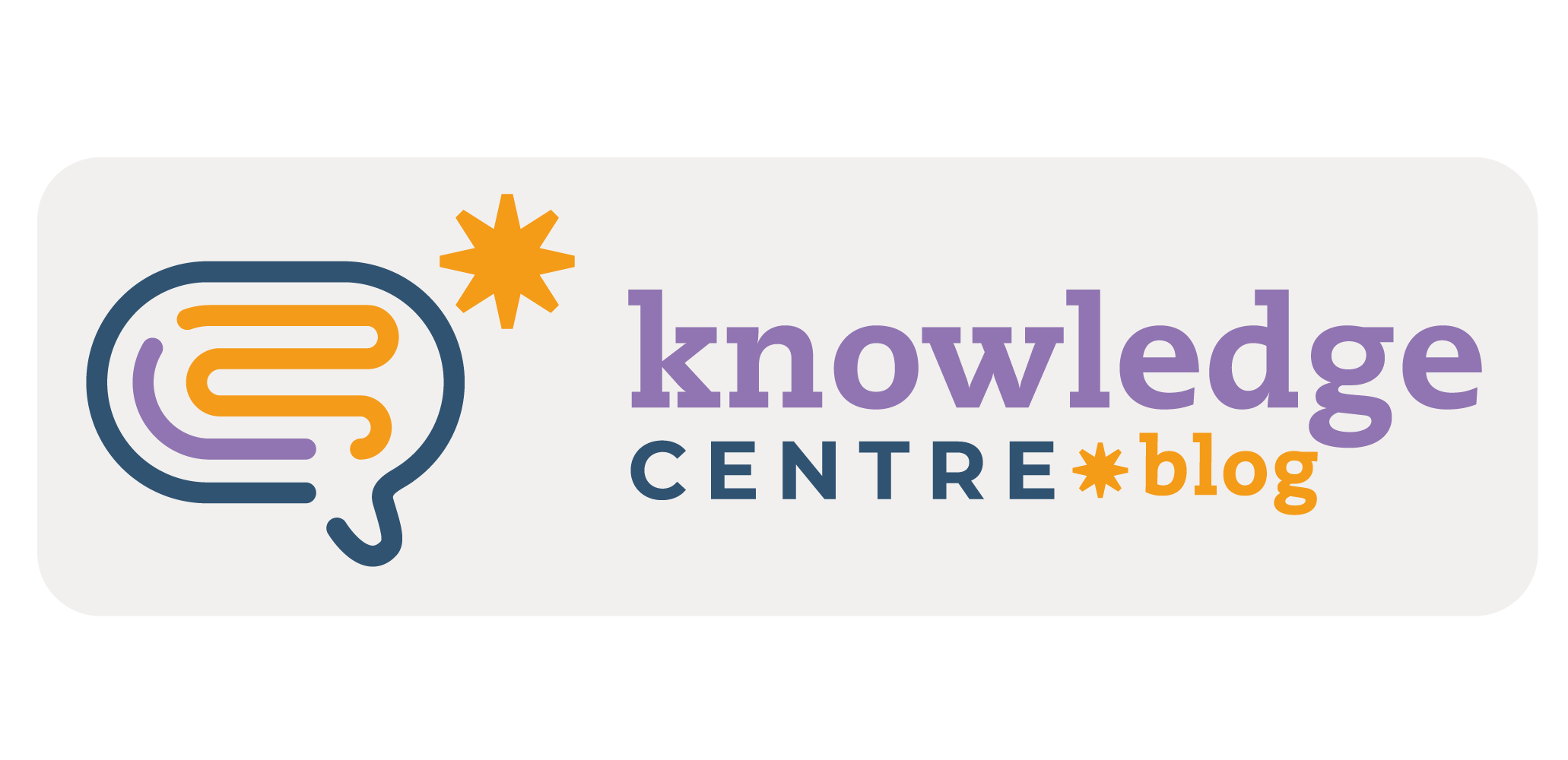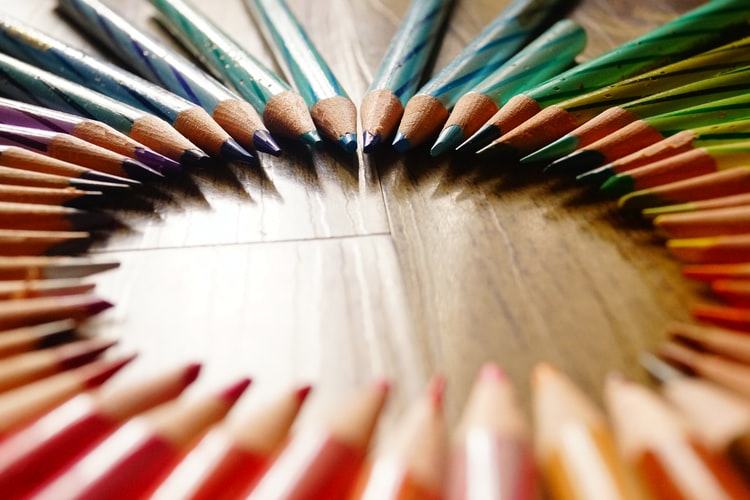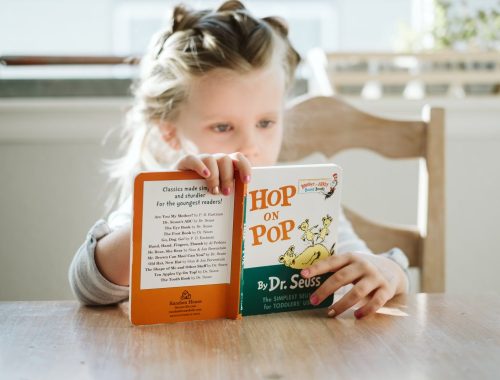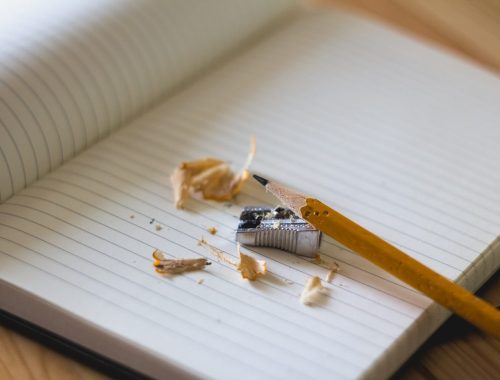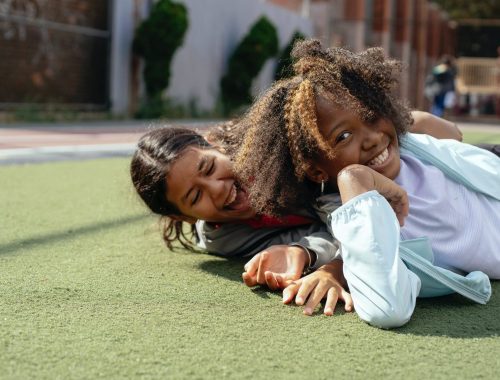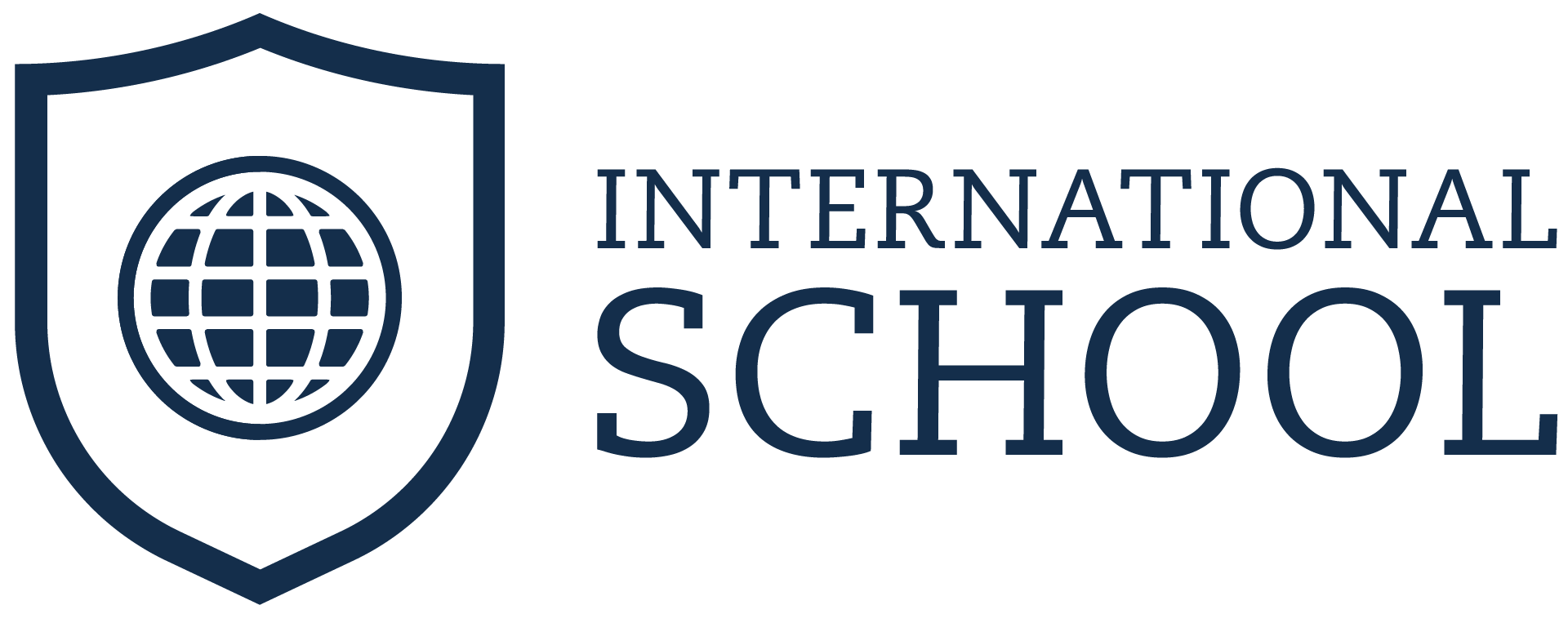Circle Time is a moment that happens every day in Early Childhood Education. But many teachers wonder how to make it more enjoyable and meaningful for students.
Circle Time: why and what for
First, we need to understand why and for what we have Circle Time every day. It is important that the teacher knows that Circle Time needs educational intentionality, planning, and reflection; without a purpose, the dialogue loses its meaning. Furthermore, sitting in a circle is welcoming, and because of this receptive spirit, the circle is usually the first activity of the class. Thus, it is in the conversations and proposals during circle time that children see themselves as a group and also build their identities. Bear in mind: learning to sit in a circle is a gradual process.
But how does a child learn to collaborate in circle time?
When children arrive at school they don’t know how to behave in a circle, they need time, consistency, and routine to internalize this learning moment. Generally, the first dialogues outside the family context are one-on-one with the teacher. Gradually, they realize that they can communicate with other children and other adults in the school community. Therefore, learning to participate in the circle is a gradual process in which young children gradually learn how to stay in the circle and express themselves better through words.
Communication during Circle Time
During circle time, the teacher can offer rich experiences for children to communicate with peers and adults, trying to understand them and make themselves understood. It is at this moment that dialogue and the ability to understand and deal with conflicts in the relationship with others are born. Babies and small children do not communicate well with words yet, and it is the teacher’s role to facilitate this communication by bringing the child’s communicative intention to the collective. As the children grow, oral communication expands and interaction with other children begins.
Through open questions that invite children to exchange information, create hypotheses, and develop investigations, teachers make children exercise their right to manifest themselves, to observe, to give their opinions, and to demonstrate their view of the world. Often teachers use this moment to give extensive explanations, information, and announcements, but circle time is not a moment for monologue. It can be a pleasant moment for everyone if the children feel listened to and welcomed.
Circle Time can promote the acquisition of an additional language. As it happens right at the beginning of the class, it helps students to feel more comfortable in using English. It is the perfect time for the teacher to introduce new vocabulary in a meaningful and contextualized way, as well as recap concepts that students are already more familiar with, such as the weather, days of the week, etc.
Songs, fingerplays and rhymes also play a relevant role in Circle Time. It is through the rhymes, repetitions, and rhythm that children learn the sounds and meanings of words. In addition, dancing develops children’s motor skills and consequently their cognitive abilities. Try to vary the songs every 3 months or so, so your students will be exposed to a variety of rhythms, sounds and words.
How to make Circle Time enjoyable
Some teachers report that it is challenging to get students’ attention during circle time. Sitting in a circle is a slowly learned behavior, staying in a circle is not easy for students. So here are some tips:
- the purpose MUST BE meaningful and interesting to the children
Find out your students’ interests and what catches their attention the most. It can be something related to the lesson topic or an issue that comes up in class.
- choose an environment that is appropriate to group focus
Children constantly want to discover the world around them. Then choose a quiet place where there is not a lot of noise, people passing by and other situations that might distract them.
- use images and objects
Visual aids are very important to make learning more concrete for children. Prepare pictures and objects that have a connection with the topic to be discussed to make the learning more meaningful. Use the mystery bag to create suspense; the students will be very curious to get to know what is inside.
- Gestures and expressions
Another very interesting resource is body language. With it the teacher communicates better with students. In addition, the children also learn gestures and facial expressions used in our culture.
Remote classes
Currently, many teachers are also wondering how to conduct Circle Time remotely. This is a challenge that most of us, or even all of us, have never faced before. However, in the last few months we have learned some ways to conduct this time of the routine remotely.
- Ask an adult to accompany the student during the lesson
Children do not yet have the autonomy to participate in remote lessons independently. It is necessary that school and family have an agreement about how classes will take place and what is the family’s role during the classes.
- Quiet Environment
It is important that students are in a calm environment without many distractions so that the teacher can have their attention.
- Visual aids
Just as in a face-to-face class, in remote classes the teacher should use visual aids to make learning more concrete. Make the most of the computer and show pictures and videos that are available on the internet; there are countless resources that will make the class more dynamic. In addition, show objects that you have at home and ask students to look for objects in their homes as well.
And how have your Circle Time practices been? In person or remotely? Do you have any ways of bonding with your students during Circle Time? How has the participation of the students been?
Share your thoughts in the comments below.
References:
LIGHTBOWN, Patsy M; SPADA, Nina. How Languages are Learned. 4. ed. Oxford: Oxford University Press, 2017.
MOYLES, Janet. Só Brincar? O Brincar na Educação Infantil. Porto Alegre: Artmed,2002.
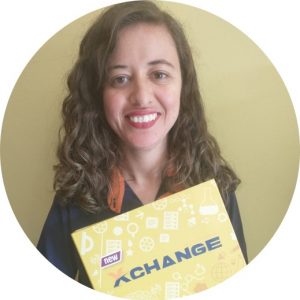
By Bianca Mauro
Bianca loves to read, meditate, spend free time with family and friends, travel and try different foods. She has a degree in Language Arts and in Pedagogy. She has a postgraduate degree in Bilingual Education at Instituto Singularidades. She has 10 years of experience in bilingual education, as a teacher, assistant coordinator and teacher trainer in language schools and bilingual schools. In her career she also took the extension courses in Biliteracy at São Open Center in Bilingualism: Theory Review and Data Analysis at PUC / SP.
